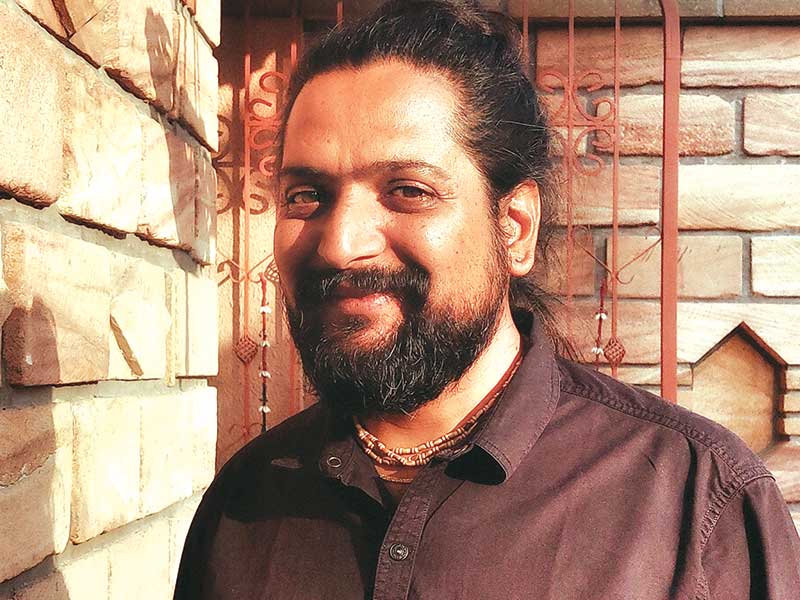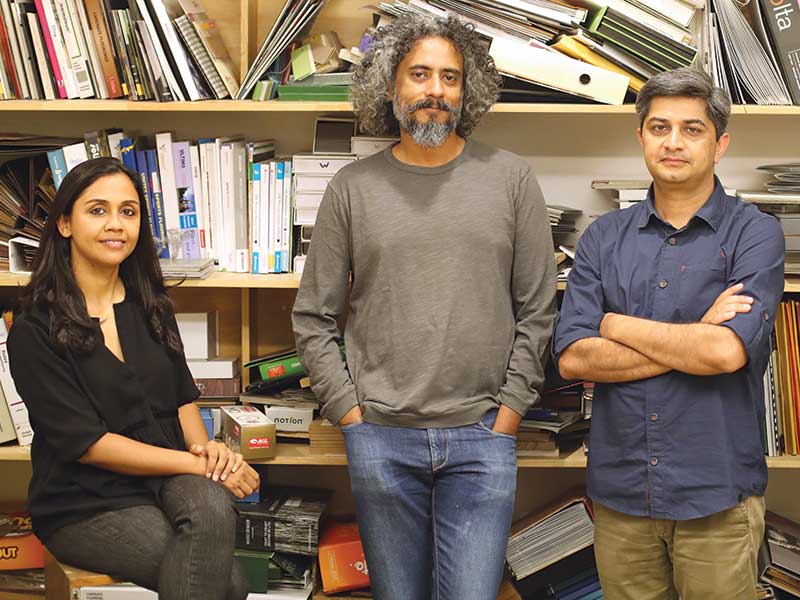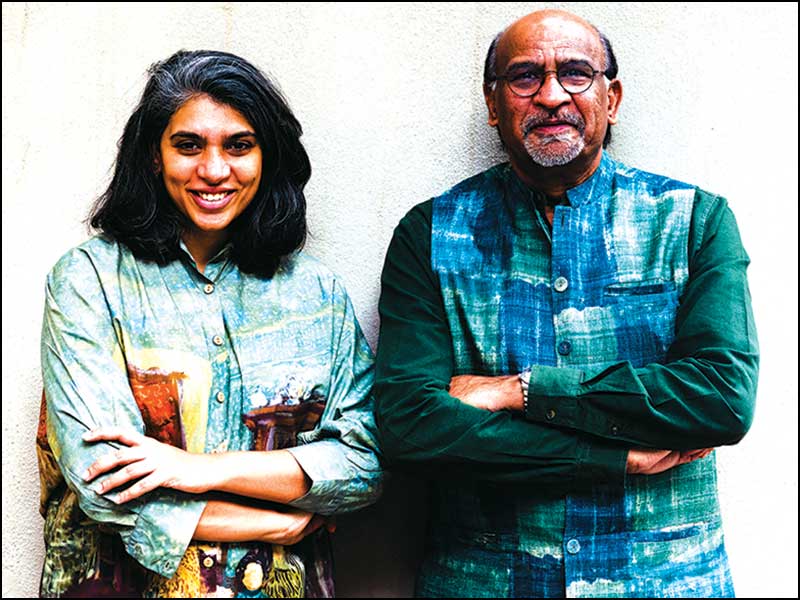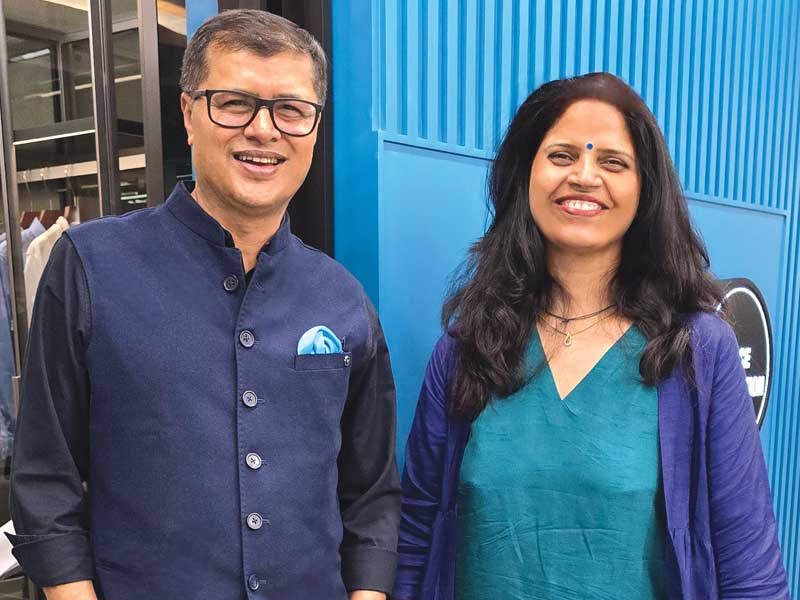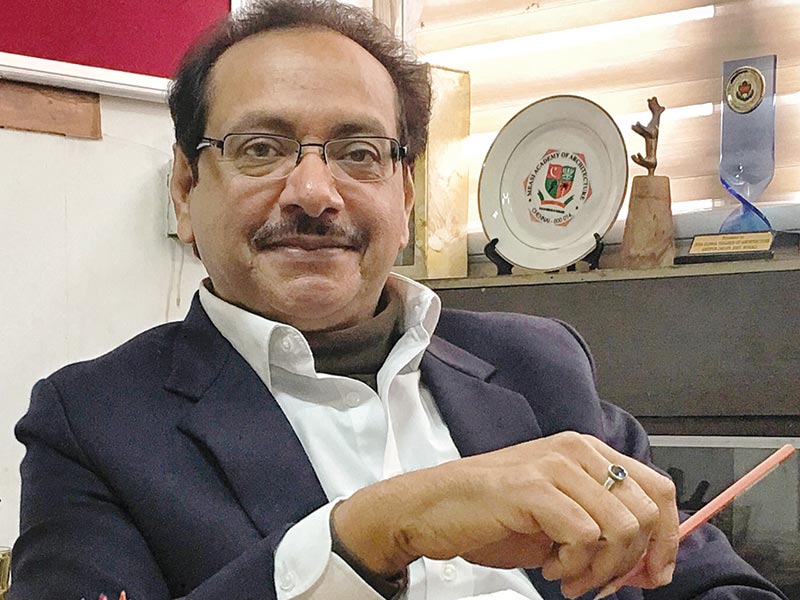
The city of Chandigarh is testimony to the fact that we still are environment cautious while using local materials such as brick, lime and reinforced brick concrete in our structures. It is a living example of eco-conscious construction where systems of natural ventilation, maintenance of greenery and humane spaces are to a perfect scale and context. In other places across India, eco-friendly architecture is also very much prevalent.
 Mega Boys Hostel, NIT, Jalandhar
Mega Boys Hostel, NIT, JalandharChandigarh is a living example of eco-conscious construction
I admire...
The Bamboo Museum at the Institute of Himalayan Bio-resource Technology (IHBT), Palampur, was designed by my father Ar. Shiv.Datt Sharma, who learnt the effective use of sustainable building materials, technology, and respect for nature from the masters Le Corbusier and Pierre Jeanneret while working on the capitol project of Chandigarh. The fantastic light that emanates from the skylight above and the superb assembling of bamboo is amazing. I have imbibed the nuances of eco friendly architecture from my father.


